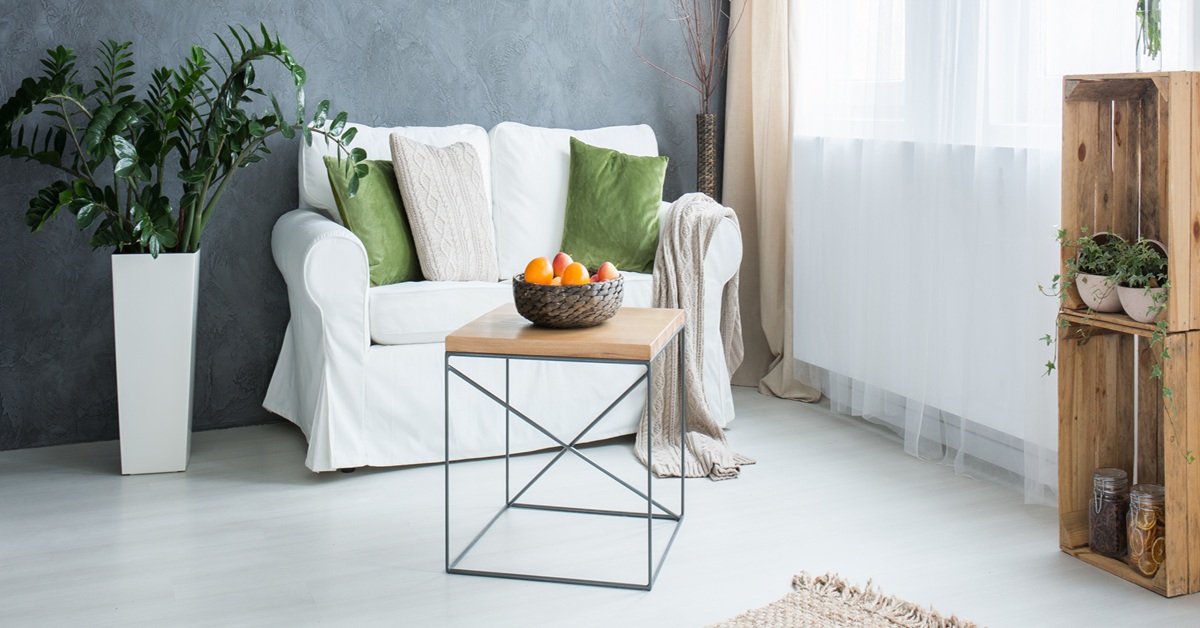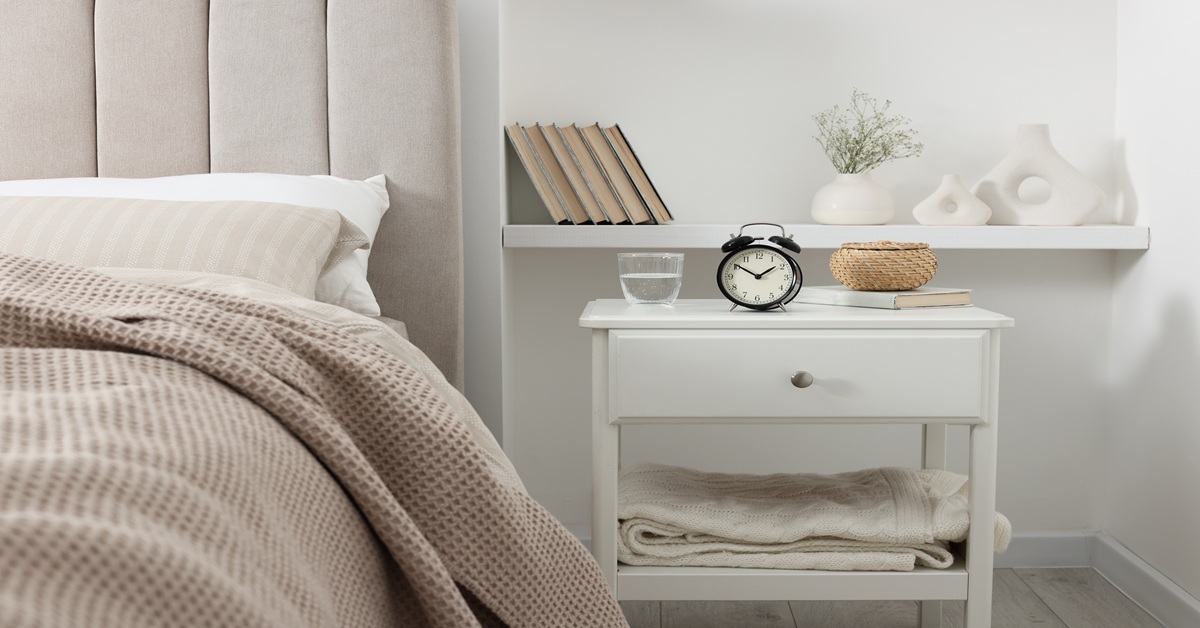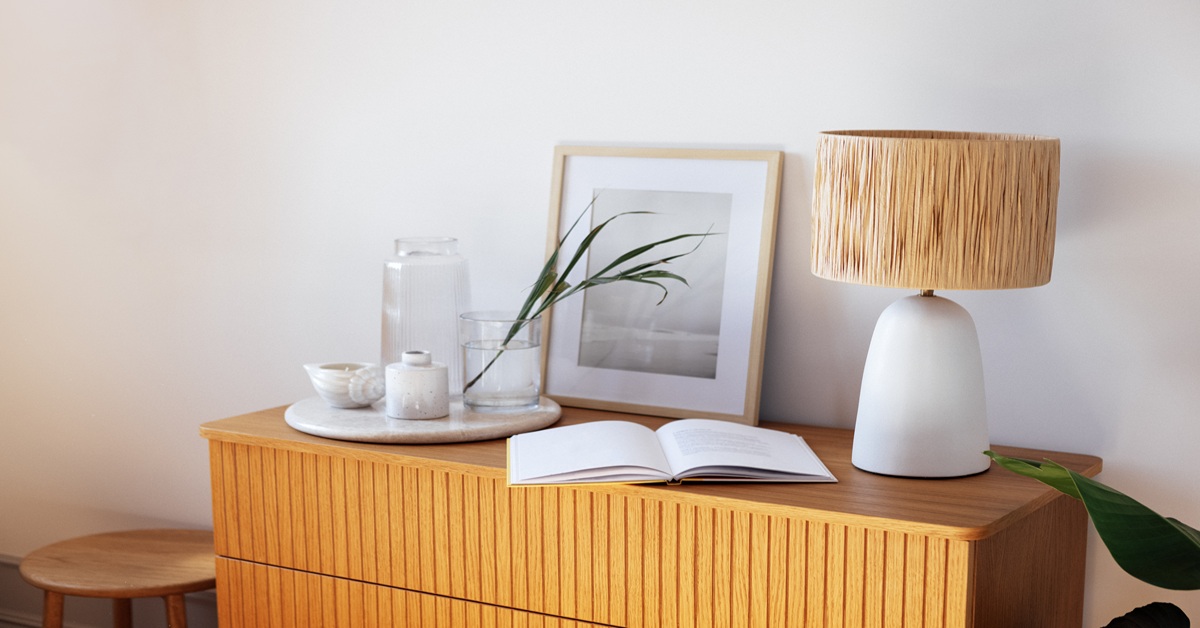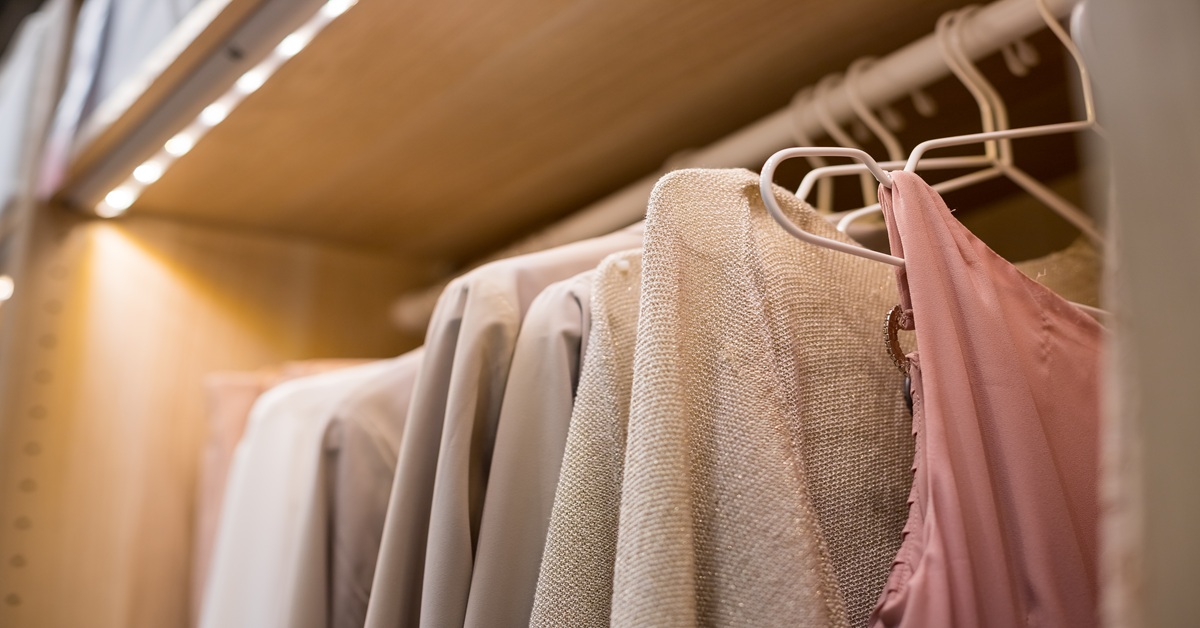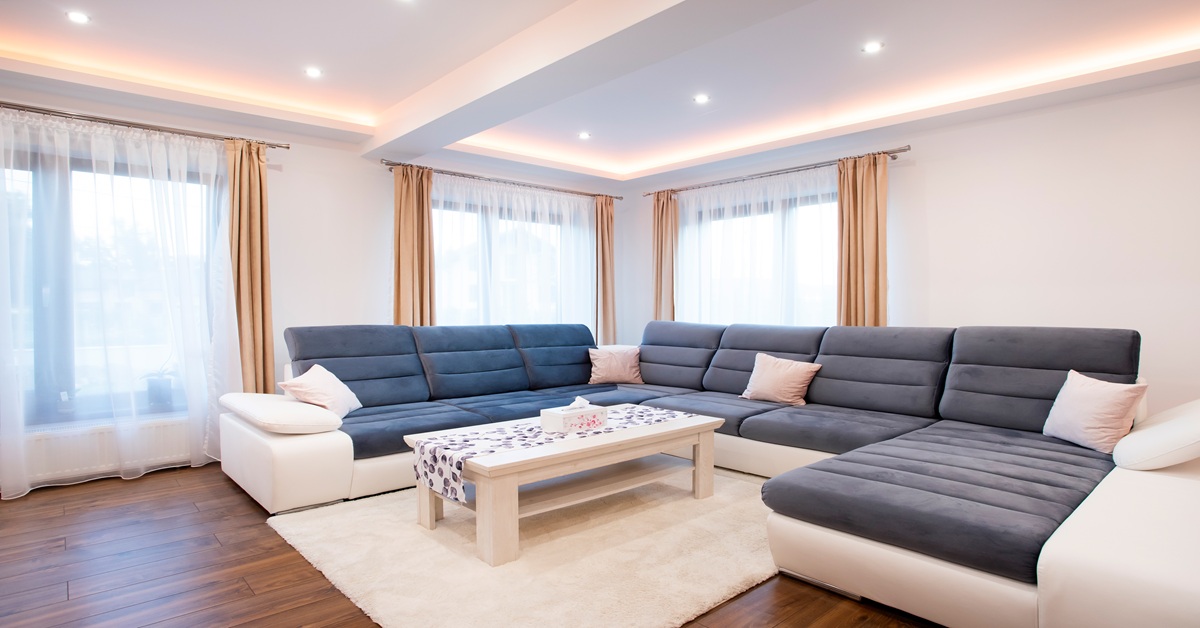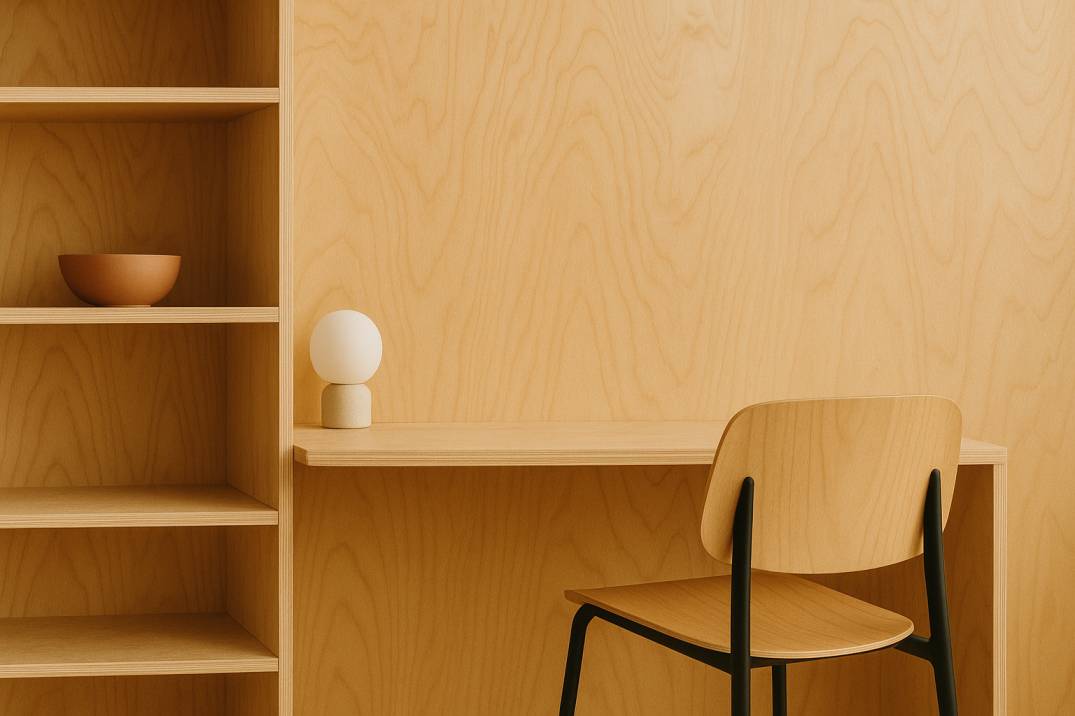
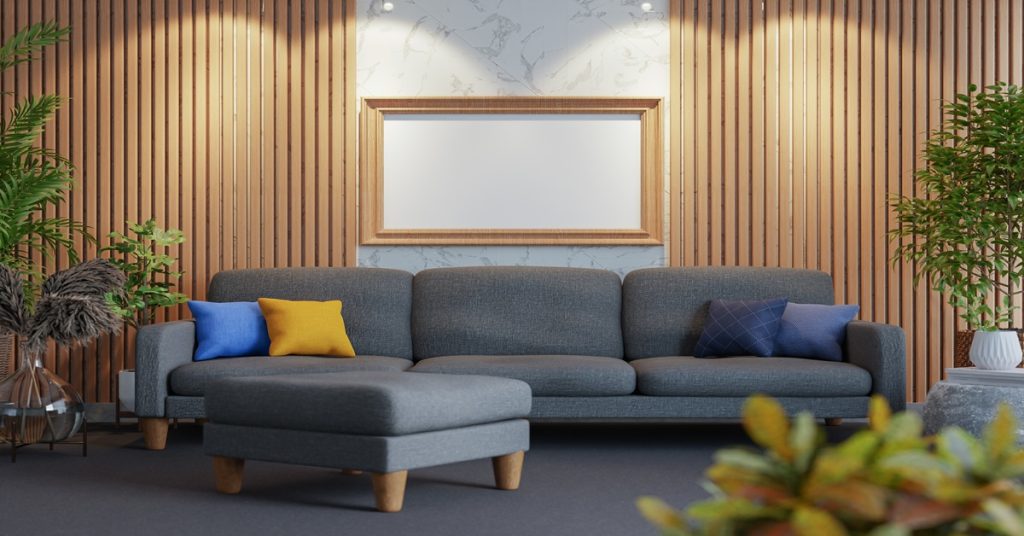
Introduction
Wall panelling used to be a practical technique to insulate, but over the years, it has become a strong style statement. Plywood is robust and attractive, which has made modern wall panelling easier to get and more useful than ever. Wigwam is one of the best places to get high-quality wood goods, so they know how the correct material can improve a home. Plywood panels provide warmth, texture, and strength that no other material can match. This is a fun and cheap method to add architectural detail, construct attractive feature walls, or completely change the vibe of a room.
Table of Contents
ToggleThe Benefits of Using Plywood for Wall Panelling
- Plywood is strong and lasts a long time. This is one of the key reasons why so many people choose to use it as wall panelling. When the layers are layered on top of each other, the grains are in a straight line with each other. This makes the stress and load spread out evenly throughout the entire sheet. Because of their cross-lamination, they are quite tough and won’t shatter easily if they get bumped or scratched. Walls in places like corridors and living rooms that get a lot of use need to be able to withstand an impact.
- One of the best things about utilising plywood for wall panelling is that it doesn’t alter size. Solid wood boards can get bigger or smaller, which might leave gaps or bends that look ugly. Plywood panels are made to stay in place. This is a very vital quality for a smooth, even surface, especially when you’re working with big panels or producing designs that are complex. It’s quite strong, so when you’re done, there won’t be any fractures or holes in the wall where the lines were. You’ll still seem professional and clean.
- A sheet of plywood is usually light enough for one person to carry when you compare it to heavy chipboard or massive solid wood planks. This makes it easier and faster to set things up. It is easy to work with, so you may use any equipment to cut, drill, and shape it. This is a great approach to make patterns that are exact and one-of-a-kind.
Transform your interiors with durable and stylish plywood panelling that adds both strength and beauty to your walls.
Different Types of Plywood Sheets for Wall Panelling
- For most interior wall panelling tasks in dry environments, you can utilise commercial plywood, which is also known as Moisture Resistant (MR) grade. It is a terrific choice that doesn’t cost much. This kind of plywood is held together with a good urea-formaldehyde adhesive. This means that it can handle some dampness and humidity, but it isn’t entirely waterproof. It provides a flat surface that is perfect for painting, laying down laminates, or putting down artistic veneers.
- If you want to panel a wall in an area with mild to high humidity, such a bathroom or kitchen, BWR plywood is the finest choice. A waterproof phenol-formaldehyde adhesive holds this sort of plywood together. This makes it incredibly hard to break in boiling water and high humidity. It can tolerate a lot of water without breaking or swelling, even if it’s not Marine-grade.
- Marine Grade plywood is the greatest type of plywood for enduring a long time and being resistant to water. This plywood is manufactured with a phenol-formaldehyde resin that is even tougher and has not been watered down. It is also made to be in water all the time. It might be too much for a standard bedroom, but it’s the only thing that will work in baths, saunas, and other places where the walls will always be wet.
- You can use flexible plywood to cover curved or uneven surfaces if you want to develop a design that is really unique and imaginative. The core of flexible plywood is different from other types of plywood. It lets the board bend without breaking or shattering. You can use it to build magnificent curving walls, architectural features, or corners that don’t show any seams.
Design and Aesthetic Possibilities with Panelling Plywood
- One of the most common ways to use plywood is to show off its inherent beauty. All you need to do to show off the beautiful grain of high-quality hardwood plywood is use a clear varnish or a light hue. This strategy gives off a warm, welcoming, and natural vibe that looks good in both modern and country-style interiors.
- Plywood sheets are great for making stunning geometric patterns because they feature straight, crisp edges. You can cut the plywood into strips, squares, or shapes and arrange them in different ways to form a striking feature wall that adds depth and character to a room. This form of design works especially well in large, open-plan spaces where a patterned wall can be a focal point or visual anchor.
- You can groove or flute plywood to give a wall a more textured and architectural appeal. This makes the wall look like it’s moving and casting shadows. Fluted panels are commonly utilised for a modern or basic design since they have excellent vertical lines. Grooved designs, on the other hand, might make a place feel old or rhythmic.
- You can make plywood look clean and simple with a laminate or high-gloss paint. These treatments look wonderful on quality plywood with smooth, flat surfaces. This stops any problems from standing out. A high-gloss finish may make a wall look sleek and modern, which is perfect for a modern house or business.
Choose the right plywood grade from MR to Marine for wall panelling that lasts through style and function.
The Durability and Maintenance of Plywood Panels
- Because plywood is comprised of cross-laminated sheets, it doesn’t wear out easily. Panelling plywood is better at handling the bumps and scratches of everyday living than plasterboard, which is easy to scratch or break. Because of this, it’s perfect for places with a lot of traffic, including halls and kids’ rooms.
- If you want to use plywood in a wet area like a kitchen or bathroom, you need to be sure that the plywood is intended for that kind of environment. If standard plywood gets wet for a long period, it can be damaged. But BWR and Marine Grade plywood are far better at keeping water out. This stops the walls from bending, peeling, or expanding, even in areas with a lot of moisture.
- Plywood walls are easy to clean and last a long time. You only need a soft cloth that is easy to use to dust. A moist cloth with a mild cleanser is typically all you need to clear up stubborn places. A plywood wall is far more flexible than a painted wall and doesn’t need to be touched up as regularly.
- Premium board plywood may cost more initially, but it’s a better choice in the long run because it lasts longer and doesn’t need as much care. A plywood wall won’t need to be patched or rebuilt for decades, so you’ll save a lot of money in the long run. The price of a high-quality item is not the only thing that shows its worth. How well it performs and how long it lasts are equally important.
Conclusion
Plywood wall panels are the greatest choice for walls since they are useful, long-lasting, and look great. Panelling plywood is the perfect material for any project since it is inherently sturdy and solid, can be used in many ways, and is easy to care for. No matter what you want to do with plywood, there is a type that will work for you. You can use it to construct a lovely wall in your living room or a robust, water-resistant surface in your kitchen. Wigwam sells high-quality plywood that will not only make your home seem nicer, but it will also keep its worth for a long time.
Elevate your spaces with WigwamPly’s premium wall panelling plywood crafted for durability, elegance and long-lasting appeal!
FAQ’s
- Why is plywood a good choice for wall panelling?
Plywood is durable, impact-resistant, lightweight, and easy to install, making it ideal for decorative and functional wall panels. - Which plywood is best for wall panelling in dry areas?
Commercial or MR-grade plywood is suitable for bedrooms, living rooms, and offices where moisture is minimal. - What type of plywood should be used in kitchens and bathrooms?
BWR or Marine Grade plywood is recommended as it resists water, humidity, and long-term moisture exposure. - Can plywood wall panels be designed creatively?
Yes, plywood allows grooving, fluting, geometric patterns, laminates, and even flexible designs for curves. - How do you maintain plywood wall panels?
They are easy to clean with a soft cloth or mild cleanser and last long with minimal upkeep compared to painted walls.
